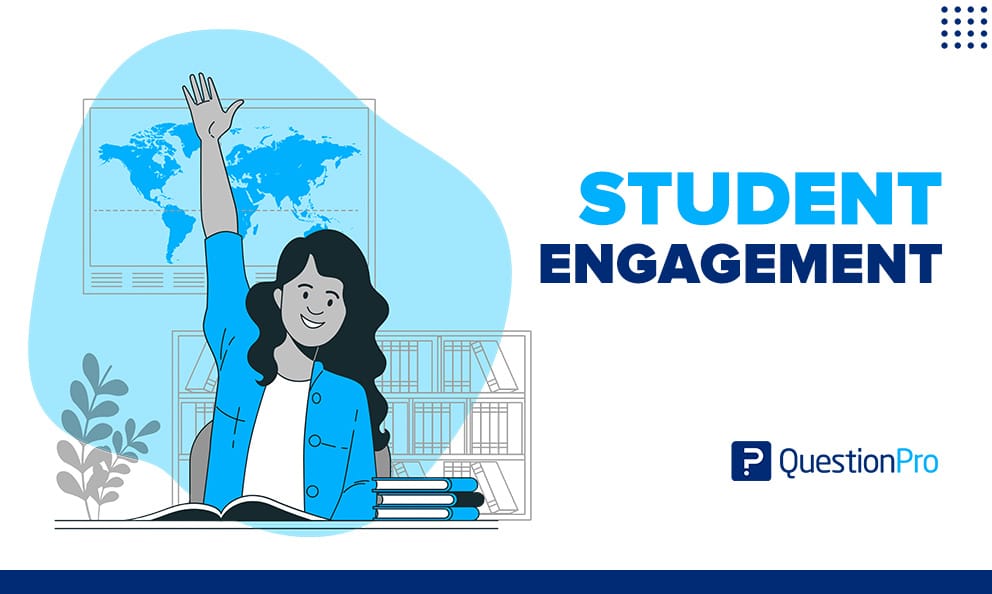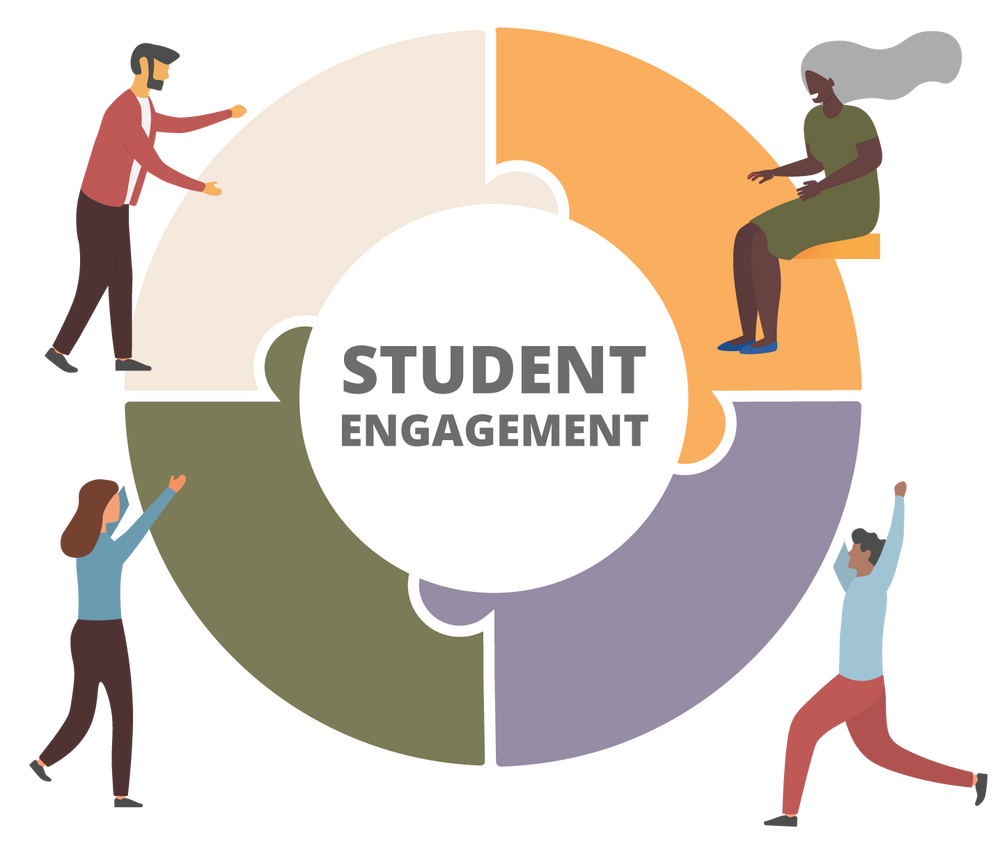Student engagement plays a critical role in academic success. When students actively participate in their learning process, they develop a deeper understanding of the subject matter, improve critical thinking skills, and enhance their overall educational experience. However, maintaining student interest and motivation can be a challenging task for educators. In this article, we will explore various techniques for increasing student engagement, participation, and interest in the classroom.
Understanding Student Engagement

Before implementing strategies to enhance student engagement, it is essential to understand what it entails. Student engagement refers to the level of enthusiasm, curiosity, and involvement a student exhibits in the learning process. It can be categorized into three main types:
- Behavioral Engagement: The student actively participates in classroom activities, completes assignments, and follows rules.
- Emotional Engagement: The student exhibits a positive attitude towards learning and feels connected to their peers and teachers.
- Cognitive Engagement: The student invests effort into understanding and mastering the subject matter.
Each of these components contributes to a well-rounded and engaging learning experience.
Techniques for Increasing Participation and Interest
Creating a Positive Classroom Environment
A positive classroom environment fosters a sense of belonging and encourages students to engage actively. To achieve this:
- Establish clear expectations and guidelines to create a structured learning atmosphere.
- Build strong relationships with students by showing empathy, understanding, and support.
- Encourage open communication where students feel safe expressing their thoughts and ideas.
- Incorporate humor, storytelling, and relatable examples to make lessons enjoyable.
Using Interactive Teaching Methods
Traditional lecture-based teaching can lead to passive learning. Instead, interactive methods promote student participation:
- Think-Pair-Share: Allow students to discuss concepts with a partner before sharing with the class.
- Group Discussions: Facilitate meaningful conversations where students exchange viewpoints and build understanding.
- Role-Playing: Assign roles to students to act out scenarios related to the lesson topic.
- Hands-on Activities: Use experiments, projects, and real-world applications to reinforce learning.
Implementing Technology in the Classroom
Technology can be a powerful tool in increasing student engagement. Some effective ways to integrate technology include:
- Interactive Quizzes and Polls: Use platforms like Kahoot, Mentimeter, or Quizizz to make learning fun and competitive.
- Multimedia Presentations: Incorporate videos, animations, and virtual simulations to explain complex concepts.
- Online Discussion Forums: Encourage students to continue class discussions through platforms like Google Classroom or Edmodo.
- Gamification: Introduce elements of gaming, such as rewards, badges, and leaderboards, to motivate students.
Encouraging Student Autonomy and Choice
Students are more engaged when they have a sense of control over their learning. Providing choices allows students to take ownership of their education:
- Let students choose topics for projects or research assignments based on their interests.
- Offer multiple formats for assessments, such as presentations, essays, or creative projects.
- Implement self-paced learning modules where students progress at their own speed.
Incorporating Real-World Connections
Making lessons relevant to students’ lives increases interest and motivation. To establish real-world connections:
- Use case studies, current events, and practical examples to relate concepts to everyday experiences.
- Invite guest speakers from various industries to share real-world insights.
- Organize field trips or virtual tours to provide experiential learning opportunities.
- Assign community-based projects that encourage students to apply their knowledge to solve real problems.
Using Formative Assessments and Feedback
Regular assessments and constructive feedback help students stay engaged and improve their learning outcomes:
- Conduct quick formative assessments like exit tickets, short quizzes, or peer evaluations.
- Provide timely and personalized feedback to guide student progress.
- Use rubrics to set clear expectations and encourage self-assessment.
- Encourage reflection activities, such as learning journals or self-evaluations.
Fostering Collaborative Learning
Collaboration enhances student engagement by promoting teamwork, communication, and problem-solving skills. Effective collaborative strategies include:
- Group Projects: Assign tasks that require students to work together and contribute equally.
- Peer Teaching: Allow students to teach concepts to their peers, reinforcing their own understanding.
- Discussion Circles: Create small groups where students can share perspectives and learn from each other.
- Debates and Argumentative Discussions: Encourage critical thinking through structured debates on relevant topics.
Addressing Different Learning Styles
Students have diverse learning preferences, and accommodating these differences boosts engagement:
- Visual Learners: Use diagrams, charts, and videos to convey information.
- Auditory Learners: Incorporate discussions, podcasts, and storytelling into lessons.
- Kinesthetic Learners: Include hands-on activities, role-playing, and movement-based learning.
- Reading/Writing Learners: Provide reading materials, essays, and reflective writing tasks.
Setting Goals and Celebrating Achievements
Recognizing student progress and achievements fosters motivation and enthusiasm:
- Set short-term and long-term learning goals to provide direction and purpose.
- Celebrate milestones with rewards, certificates, or classroom recognition.
- Encourage a growth mindset by emphasizing effort and perseverance over perfection.
Cultivating a Growth Mindset
A growth mindset encourages students to embrace challenges and view failures as learning opportunities:
- Teach students that intelligence and abilities can develop with effort.
- Praise perseverance and problem-solving skills rather than just correct answers.
- Use encouraging language that promotes a positive attitude towards learning.
- Share success stories of individuals who overcame obstacles through determination.
Conclusion
Enhancing student engagement requires a combination of innovative teaching methods, meaningful interactions, and a supportive learning environment. By implementing strategies such as interactive activities, technology integration, collaborative learning, and real-world connections, educators can create a dynamic classroom that fosters participation and interest. Ultimately, an engaged student is more likely to succeed academically, develop a lifelong love for learning, and contribute positively to society.

